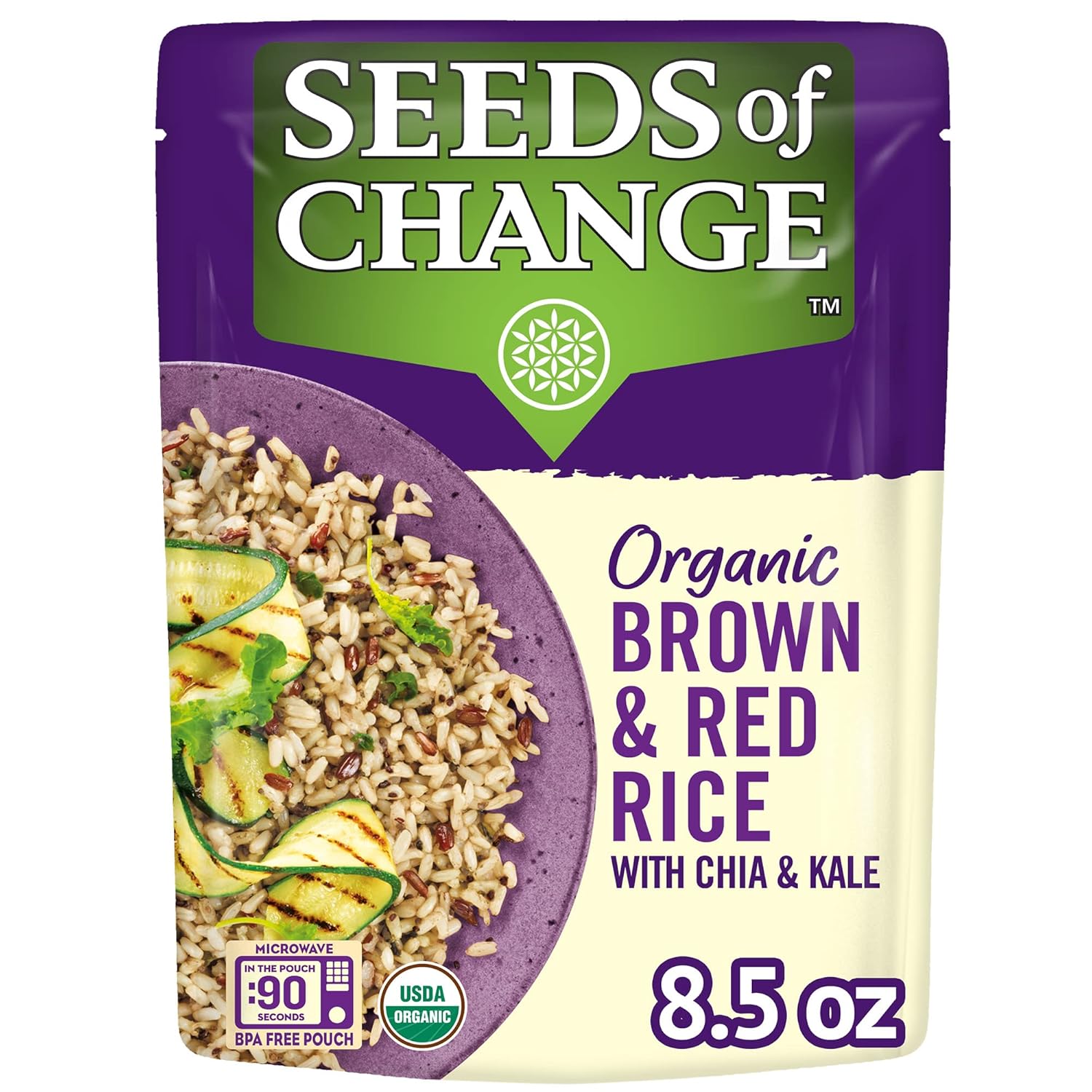Red rice is a healthier alternative to white rice and is considered a whole grain type—with all essential parts staying intact. The steps on how to cook red rice are just quite similar to the traditional way of cooking white rice. Instructions are easy to follow and ingredients are so simple. Click here to jump to the recipe.
A Quick Red Rice Recipe
Red rice has its fame rising over time, as a healthier alternative to white rice. As it is considered a whole grain, red rice contains a considerable number of health benefits which is the primary reason why it’s now time to make red rice as part of your staple diet.
Many dishes can go well with red rice but its taste and flavor will still depend on how you cook it. Here, you will learn how to cook red rice and what dishes can be best paired with this healthier type of rice.
- What is Red Rice?
- Health Benefits of Red Rice
- How to Cook Red Rice
- What can go well with red rice. ?
- Summary
What is Red Rice?
Definition
Red rice is literally red-colored rice, considered a whole grain type—with all essential parts staying intact. The pigment called anthocyanin, a health-promoting compound, is what gives this rice its color, red. This type of rice is usually sold whole-grain or partially milled to show off its red color. Since the bran of the majority of rice varieties is brown in color, whole-grain rice is also referred to as brown rice.
Types
The three (3) varieties of red rice are West African red rice, Bhutanese red rice, and Thai red rice.
Taste and Texture
Red rice is nutty in taste and also subtly sweeter than the other types of rice. Its texture can be described as chewy due to the outer layer called bran but tender on the inside.
Thai red rice:
Health Benefits of Red Rice
Whole grains are more widely used than refined ones as they contain a significant amount of nutrients, vitamins and minerals. Red rice, being a whole-grain type of rice contains essential vitamins and minerals that our body naturally needs.
The distinguishing nutrient that red rice contains is anthocyanin, the pigment that not only dyes the rice red but it can also lower blood pressure, reduce cancer cells, can improve vision and can prevent diabetes. It also possesses antibacterial and anti-inflammatory qualities. Red rice also has high levels of calcium, iron, vitamin B1 and B2 as well as fiber.
Red rice is also the best replacement for white rice eaters with cardiovascular diseases. Because of its magnesium content, it helps to improve breathing patterns and enhances oxygen consumption and circulation in the body, thus helping you manage asthma better.
How to Cook Red Rice

Key Details of the Recipe:
| Prep Time | 5 mins |
| Cooking Time: | 45 mins |
| Flavor & Texture: | With nutty aroma but soft on the inside |
| Ease: | Can be done by beginners |
| Serving: | 4 serves |
Key Ingredients:
- 1 cup whole-grain red rice
- 2½ cups water
- 1 tablespoon butter or olive oil
- 1 teaspoon salt
Instructions:
- Over medium-high heat, boil 2½ cups of water to a boil in a medium saucepan. While waiting, rinse 1 cup of rice in room temperature water.
- As soon as the water boils, pour in the red rice together with the butter (or oil) and salt. Simmer for 30 to 40 minutes with the lid on. Leave to cook until it becomes tender.
- Open the lid and fluff the rice with a utensil and put the lid back on. Give it five minutes to rest.
- At your preferred temperature of the rice (but best served hot or warm), fluff the rice again and serve.
- Any leftovers shall be stored in an airtight container after letting it cool.
What can go well with red rice?

- You can eat red rice as is or paired with proteins like meats, and sautéed veggies.
- You can make congee or porridge out of leftover red rice. Fried rice is a great idea too.
- Rice bowl. Simply add your favorite pickles, protein, and fresh vegetables.
- You can also create a red rice pilaf. Just sauté aromatic vegetables like onions, and garlic and add other kinds of veggies you like, with chicken broth, your red rice and dried or fresh herbs.
Summary
Switching your diet from white to red rice can make a big difference. Apart from the color, taste and texture, its health benefits are a great reason to choose this whole-grain rice as part of your staple diet.
If you also want to lose weight but cannot let go of a rice meal, red rice is the best alternative as red rice keeps you feeling full for a long time hence, slowing down your desire to eat.
If you’re still hesitant to make a full swing switch, you can try a small amount of red rice first and if it satiates you, a gradual change can eventually get you there. There’ll be pretty much no regrets in choosing to be healthy, the natural way.


